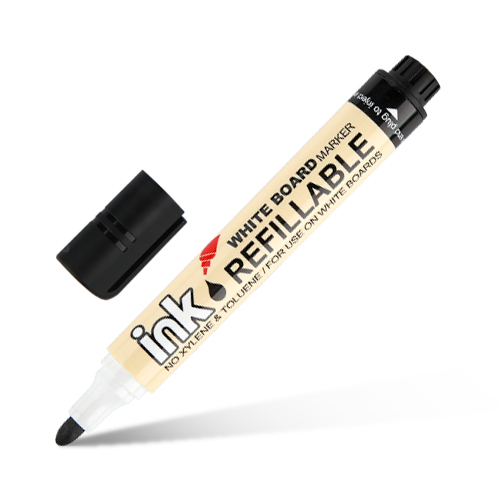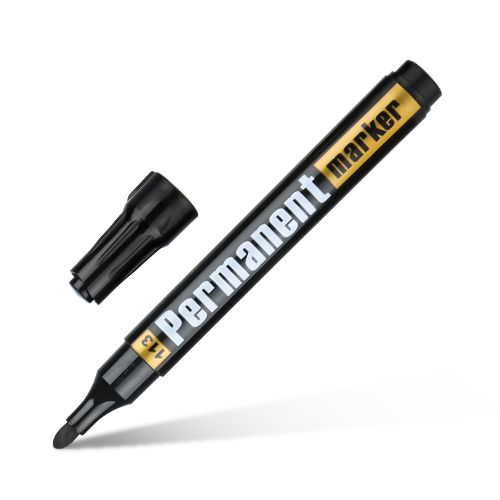
Paint markers are versatile tools used in both industrial and creative settings. One of the most important—but often overlooked—factors that affects performance is the tip design. The tip not only determines the width of your lines, but also influences ink flow, precision, and surface compatibility.
In this guide, we’ll break down the most common paint marker tip types and explain which one is best suited for different applications.
Bullet Tip
Description:
A rounded, durable nib that creates consistent lines with even ink coverage.
Best For:
- General labeling on metal, glass, wood, and plastic
- Writing on curved or uneven surfaces
- Everyday industrial and DIY projects
Advantages:
Works well for both detailed and medium-width lines
Versatile and easy to control
Chisel Tip
Description:
A flat, angled nib that can produce both thin and wide lines depending on how it’s held.
Best For:
- Signage and poster lettering
- Labeling large storage containers or crates
- Decorative calligraphy work
Advantages:
Efficient for filling large areas and creating bold strokes
Dual line widths in one tip
Extra Broad Tip (15–30mm)
Description:
An oversized rectangular or square nib designed for maximum coverage.
Best For:
- Large-scale industrial marking (e.g., steel beams, packaging)
- Event banners, billboards, and safety signs
- Quick visibility in high-traffic environments
Advantages:
Reduces time spent covering large surfaces
Highly visible, bold lines
Fine Tip (0.8–2mm)
Description:
A narrow nib designed for precision and detail work.
Best For:
- Circuit boards, small parts labeling
- Art detailing and fine line illustration
- Marking small tools or components
Advantages:
- Precise control for small writing areas
- Suitable for technical and artistic tasks requiring accuracy
Brush Tip
Description:
A flexible, tapered tip that behaves like a paintbrush, allowing for dynamic strokes.
Best For:
- Artistic lettering and calligraphy
- Blending and shading effects in creative projects
- Marking on irregular surfaces where flexibility is needed
Advantages:
Smooth ink flow for creative expression
Variable line thickness with a single stroke
Choosing the Right Tip for Your Needs
When selecting a paint marker tip, consider:
- Surface type – Smooth, porous, flat, or uneven surfaces require different nib shapes.
- Mark size – For high visibility, use broader tips; for detailed work, use fine tips.
- Application environment – Industrial settings may require durable bullet tips; creative work may favor brush tips.
- Ink type – Oil-based, water-based, or acrylic inks may perform differently with certain tips.
Conclusion
The right paint marker tip can dramatically improve efficiency, accuracy, and overall results. Whether you’re labeling machinery, creating artwork, or designing signage, understanding tip types ensures you choose the most effective tool for the job.





